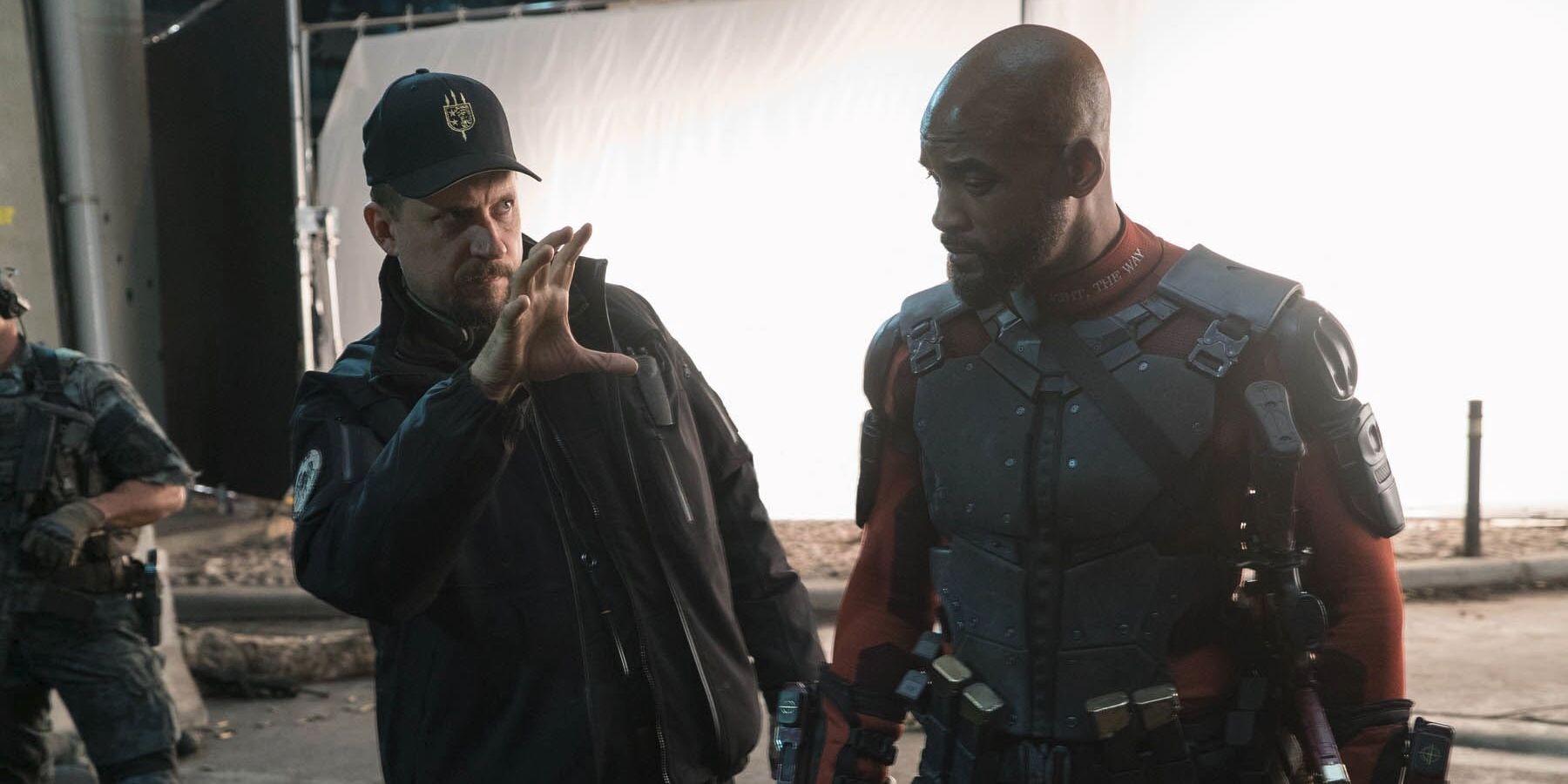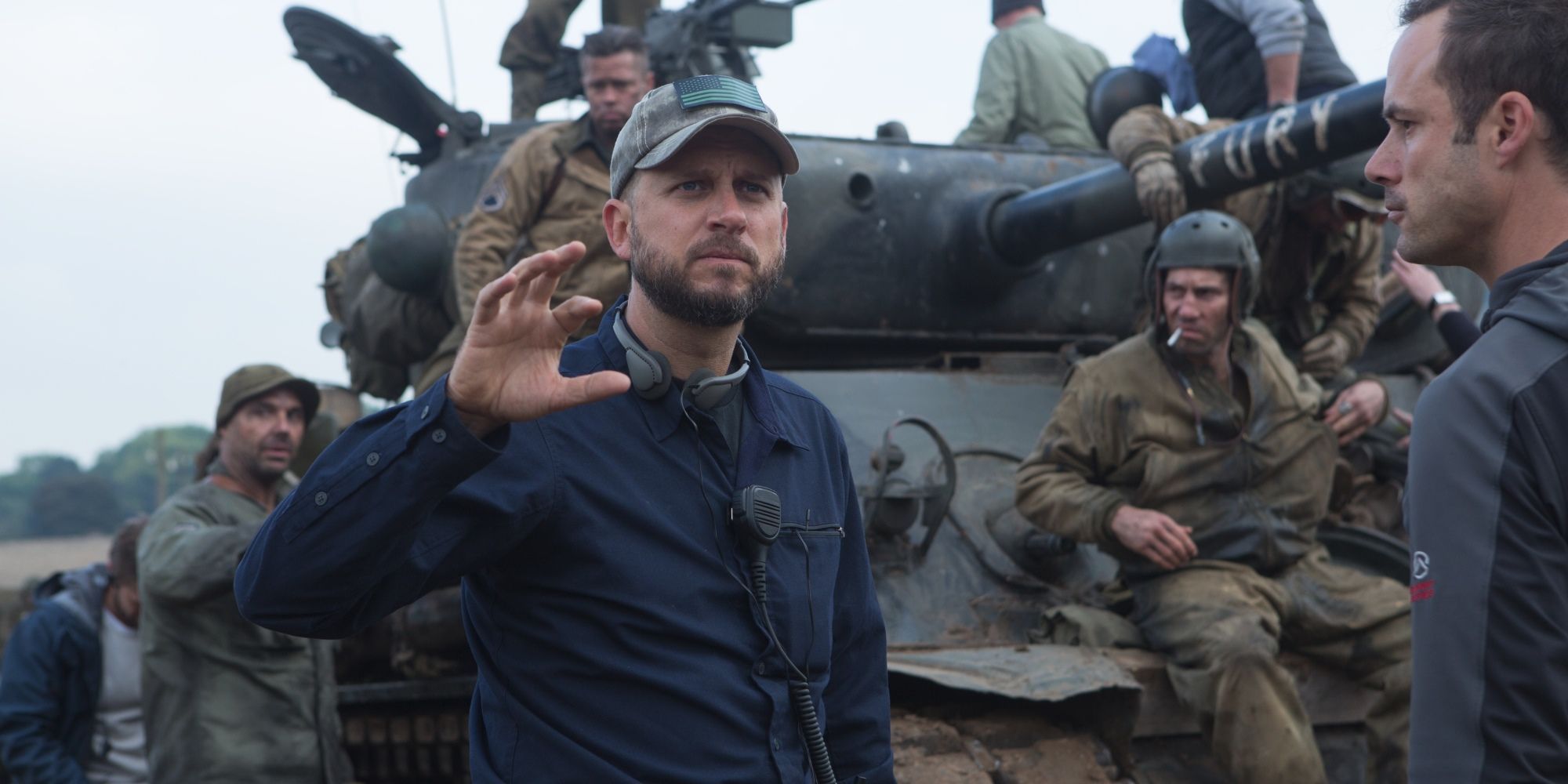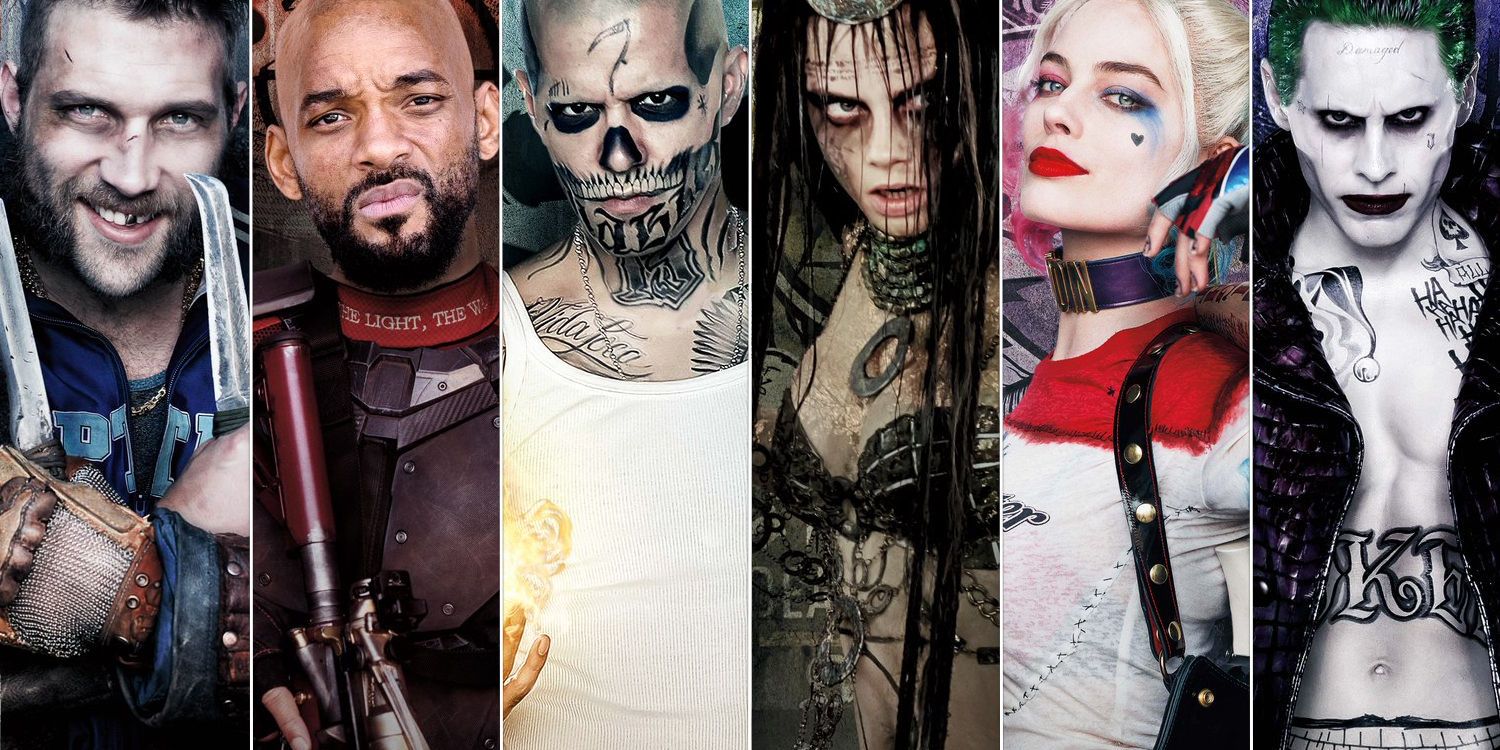With all of the excitement, buzz (and sure, pressure) surrounding the release of Warner Bros. and DC’s Suicide Squad, it’s getting harder and harder to remember that what already looks poised to be the DCEU’s biggest success story was once seen as its biggest risk. A movie starring a group of villains, not heroes – and for the most part, ones that broad audiences will never have even heard of – seemed even more likely to fail than Marvel’s Guardians of the Galaxy. But when rumors broke that the studio was seeking David Ayer, the writer and director of movies like End of Watch, Street Kings and Sabotage, the entire project got simultaneously less certain… and even more intriguing.
At the time, Ayer was coming off of the critically acclaimed World War II-era drama Fury, starring Brad Pitt, Michael Pena, Shia LaBeouf, and Jon Bernthal as a tightly-knit tank crew. A knack for giving criminals compelling stories? Check. Experience with a star-studded ensemble? Check. But as we learned during our time on the Suicide Squad set, Fury didn’t just prove to the studio that Ayer had a comic book blockbuster in him – it convinced him, too.
Sure, the similarities may be hard to spot, and the rise of the superhero shared universe has already shown that almost any writer or director – be they drama or comedy minds, seasoned or brand new to massive budgets - can find success or failure in the genre. But the marketing for Squad alone has implied the pairing of the Training Day scribe and DC Comics’ band of misfit villains is a match made in Heaven.
When we spoke with Ayer on the set of the movie in July 2015, we wanted to hear it straight from the source (the man standing at the helm of a weird, wild, action-packed comic book movie): what convinced him this was the next step?
“It’s interesting. It was really Fury, because that was all about world creation. Even though it’s a depiction of a historical event, and you’re trying to recreate things that exist and existed, every asset on camera has to be created, located, sourced, bought, rented, painted… it’s not like you can run downtown and swing a camera. So that taught me to think in terms of creating a visual world, a layered, visual world, and I got excited to then take that level of control of what goes in front of the camera and apply it to this genre.”
On the one hand, it makes perfect sense: who better to trust with doing the villains, the criminals, the bad guys of the DCEU justice than a creator whose track record shows they’re the kind of stories he’s compelled to tell? On the other, Ayer offers a surprisingly candid explanation of just how enticing it can be to have total control over what the audience sees. That isn’t to suggest that filming on actual locations isn’t just as ambitious or satisfying, but Ayer lands on a key element that can make a hit or flop on its own: world-building.
It can be as simple as creating a convincing, compelling backdrop, or as complicated as designing the look and feel of superpowers and the supernatural forces behind them. But make a wrong step, and even a massive budget can be spent on a digital world audiences fail to leap into (Warcraft, as a recent example). Ayer’s film isn’t just world-building, injecting superpowers/mutations and unknown mystical enemies, but universe-building – delivering the very first branch of the DCEU not conceived of by Zack Snyder.
That responsibility, stated by some to be the DCEU’s real hope in gaining popularity, not Snyder’s Justice League (no pressure, there) would be enough to crush lesser creators. We asked Ayer if he was prepared for every aspect of making a blockbuster tentpole movie, let alone what comes afterward. His response even then should put some nervous (or CG-weary) minds at ease:
“It’s such a huge animal that it’s almost hard to break it up that way. I mean, the good news is: everything came together, everything worked. Because when you prep a movie it’s guess work. Will this work? Will the wardrobe work? Will the costume work? Will this characterization that the actor’s doing work? The special effects, the methodologies, the techniques… everything’s so in-camera and realistic and practical. And sure, there’s CG, but we don’t want to lean on it. All these guesses somehow came together, but it’s less about any one thing and more about how shocking the chemistry between the actors has become. They’re thick as thieves, it’s like… they’re scary together [laughs].”
No matter how much pressure may rest on Suicide Squad (which shouldn’t really impact Ayer’s priorities at all) to right any wrongs of the DCEU, those on board with DC’s “filmmaker-driven approach” will be pleased to hear just how well Ayer’s vision has come together. That was even before the marketing seemed to promise one of the most entertaining movies of the summer, period.
It may be a far cry from Fury’s look at the past, but if the Squad hits a home run, Ayer’s future in the DCEU may be whatever he decides.
NEXT: Harley Quinn's Original Suit Was Made For Suicide Squad
Suicide Squad is scheduled to arrive in theaters on August 5, 2016; Wonder Woman is slated for release on June 2, 2017; followed by Justice League on November 17, 2017; Aquaman on July 27, 2018; an untitled DC Film on October 5, 2018; Shazam on April 5, 2019; Justice League 2 on June 14, 2019; an untitled DC film on November 1, 2019; Cyborg on April 3, 2020; and Green Lantern Corps on July 24, 2020. The Flash is currently without release date.



